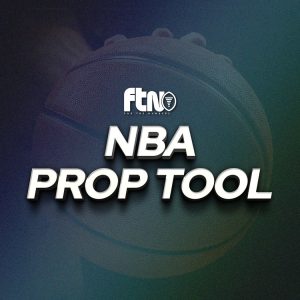
Bets
NFL
Tools
- StatsHub
- Player Projections
- Expert Picks
- Betting Model
- Prop Tool
- Jeff Ratcliffe’s Player Props
- Same Game Parlays
- Today’s Best Bets
- Prop Shop
- NFL Odds
- Parlay Odds Shop
- DVOA-Adjusted Fantasy Points Against
- WR/CB Matchups
- Shadow Coverage Matrix
- Splits Tool
- Pace Tool
- Snap Counts & Game Logs
- FTN Betting 101
NBA
Tools
MLB
Tools
CBB
Tools
WCBB
Content
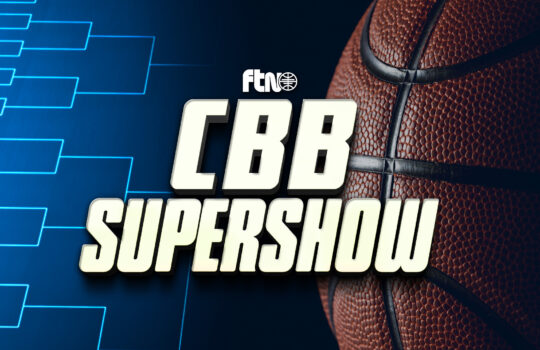
CBB
Bets
DFS
College Basketball SuperShow – Tournament Edition (1st Round DFS Coverage) – 3/21

Walter Waddell

CBB
Bets
FREE College Basketball Picks Today | NCAA CBB 2/25 Picks | College Basketball Predictions

Mike Randle

CBB
Bets
FREE College Basketball Picks Today | NCAA CBB 2/22 Picks | College Basketball Predictions

Mike Randle

CBB
Bets
DFS
College Basketball SuperShow – Tournament Edition (1st Round DFS Coverage) – 3/21

Walter Waddell

PGA
Bets
DFS
2025 Genesis Invitational Picks & Best Bets | DFS Picks

Alex Blickle

NFL
Bets
DFS
FREE Super Bowl Best Bets, Props, & Showdown DFS Picks | For the Milly

Alex Blickle

Prop God

Michael Cohen
Fantasy
NFL
Tools
- NFL Rankings
- Rookie Scouting Guide
- StatsHub
- Player Projections
- League Sync
- Start/Sit Tool
- Waiver Wire Tool
- DVOA-Adjusted Fantasy Points Against
- Fantasy Points Against DVP Tool
- WR/CB Matchups
- Shadow Coverage Matrix
- Splits Tool
- Pace Tool
- Expected Fantasy Points
- Trade Value Chart
- Nelson’s Notebook
- Snap Counts & Game Logs
NBA
Tools
MLB
Tools
Content
CBB
Content
NBA Homepage
 Denver Nuggets
Denver Nuggets
 Minnesota Timberwolves
Minnesota Timberwolves
 Oklahoma City Thunder
Oklahoma City Thunder
 Portland Trail Blazers
Portland Trail Blazers
 Utah Jazz
Utah Jazz
 Dallas Mavericks
Dallas Mavericks
 Houston Rockets
Houston Rockets
 Memphis Grizzlies
Memphis Grizzlies
 New Orleans Pelicans
New Orleans Pelicans
 San Antonio Spurs
San Antonio Spurs
NBA Teams
Northwest Divisiont
 Denver Nuggets
Denver Nuggets
 Minnesota Timberwolves
Minnesota Timberwolves
 Oklahoma City Thunder
Oklahoma City Thunder
 Portland Trail Blazers
Portland Trail Blazers
 Utah Jazz
Utah Jazz
Southwest Division
 Dallas Mavericks
Dallas Mavericks
 Houston Rockets
Houston Rockets
 Memphis Grizzlies
Memphis Grizzlies
 New Orleans Pelicans
New Orleans Pelicans
 San Antonio Spurs
San Antonio Spurs

























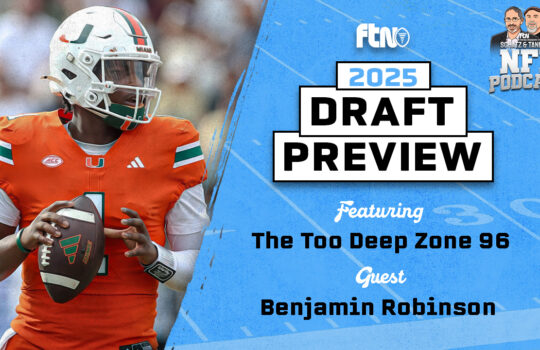








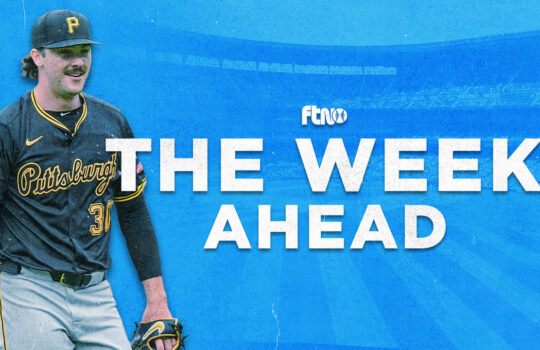



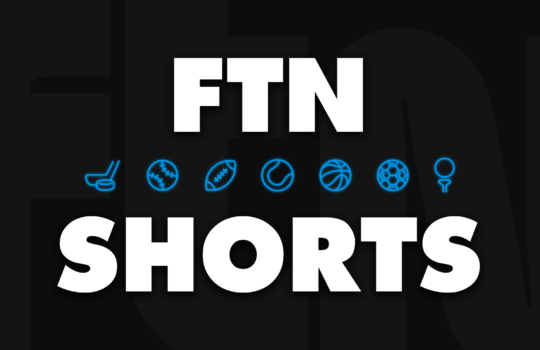
 New York Jets
New York Jets  New England Patriots
New England Patriots 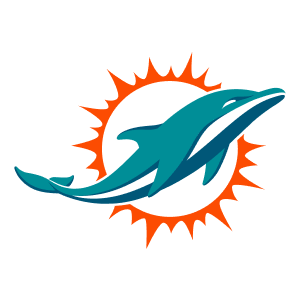 Miami Dolphins
Miami Dolphins  Buffalo Bills
Buffalo Bills  Pittsburgh Steelers
Pittsburgh Steelers  Cleveland Browns
Cleveland Browns  Cincinnati Bengals
Cincinnati Bengals  Baltimore Ravens
Baltimore Ravens 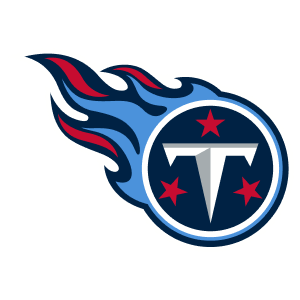 Tennessee Titans
Tennessee Titans  Jacksonville Jaguars
Jacksonville Jaguars  Indianapolis Colts
Indianapolis Colts  Houston Texans
Houston Texans  Las Vegas Raiders
Las Vegas Raiders  Los Angeles Chargers
Los Angeles Chargers  Kansas City Chiefs
Kansas City Chiefs  Denver Broncos
Denver Broncos  Washington Commanders
Washington Commanders  Philadelphia Eagles
Philadelphia Eagles  New York Giants
New York Giants  Dallas Cowboys
Dallas Cowboys  Minnesota Vikings
Minnesota Vikings  Green Bay Packers
Green Bay Packers  Detroit Lions
Detroit Lions  Chicago Bears
Chicago Bears 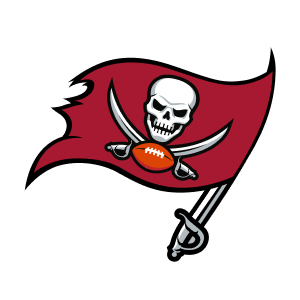 Tampa Bay Buccaneers
Tampa Bay Buccaneers  New Orleans Saints
New Orleans Saints  Carolina Panthers
Carolina Panthers 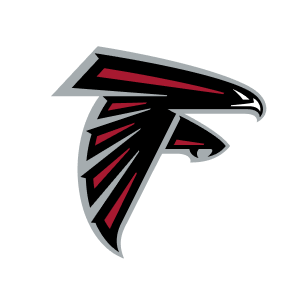 Atlanta Falcons
Atlanta Falcons  San Francisco 49ers
San Francisco 49ers  Seattle Seahawks
Seattle Seahawks  Los Angeles Rams
Los Angeles Rams  Arizona Cardinals
Arizona Cardinals 
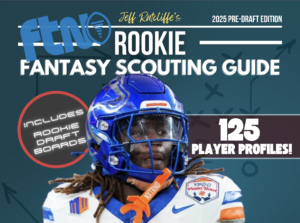





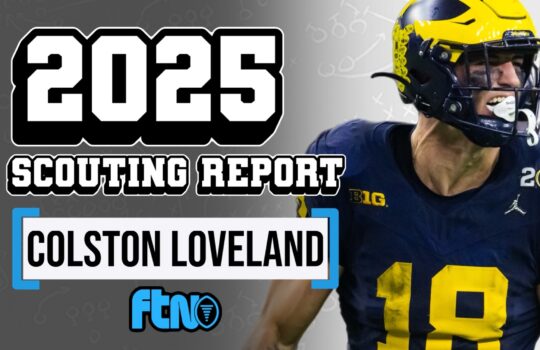
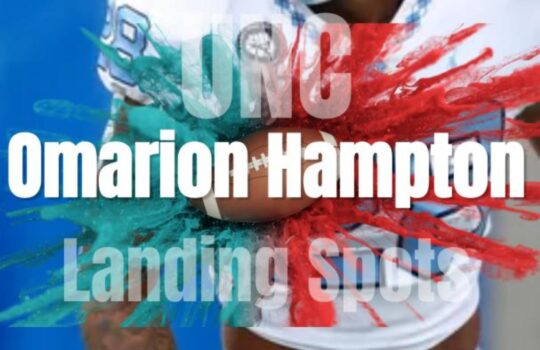


 Boston Celtics
Boston Celtics  Brooklyn Nets
Brooklyn Nets  Philadelphia 76ers
Philadelphia 76ers  New York Knicks
New York Knicks  Toronto Raptors
Toronto Raptors  Chicago Bulls
Chicago Bulls  Detroit Pistons
Detroit Pistons  Milwaukee Bucks
Milwaukee Bucks  Cleveland Cavaliers
Cleveland Cavaliers  Indiana Pacers
Indiana Pacers  Orlando Magic
Orlando Magic  Atlanta Hawks
Atlanta Hawks  Charlotte Hornets
Charlotte Hornets  Miami Heat
Miami Heat  Washington Wizards
Washington Wizards  LA Clippers
LA Clippers  Golden State Warriors
Golden State Warriors  Los Angeles Lakers
Los Angeles Lakers  Phoenix Suns
Phoenix Suns  Sacramento Kings
Sacramento Kings 



